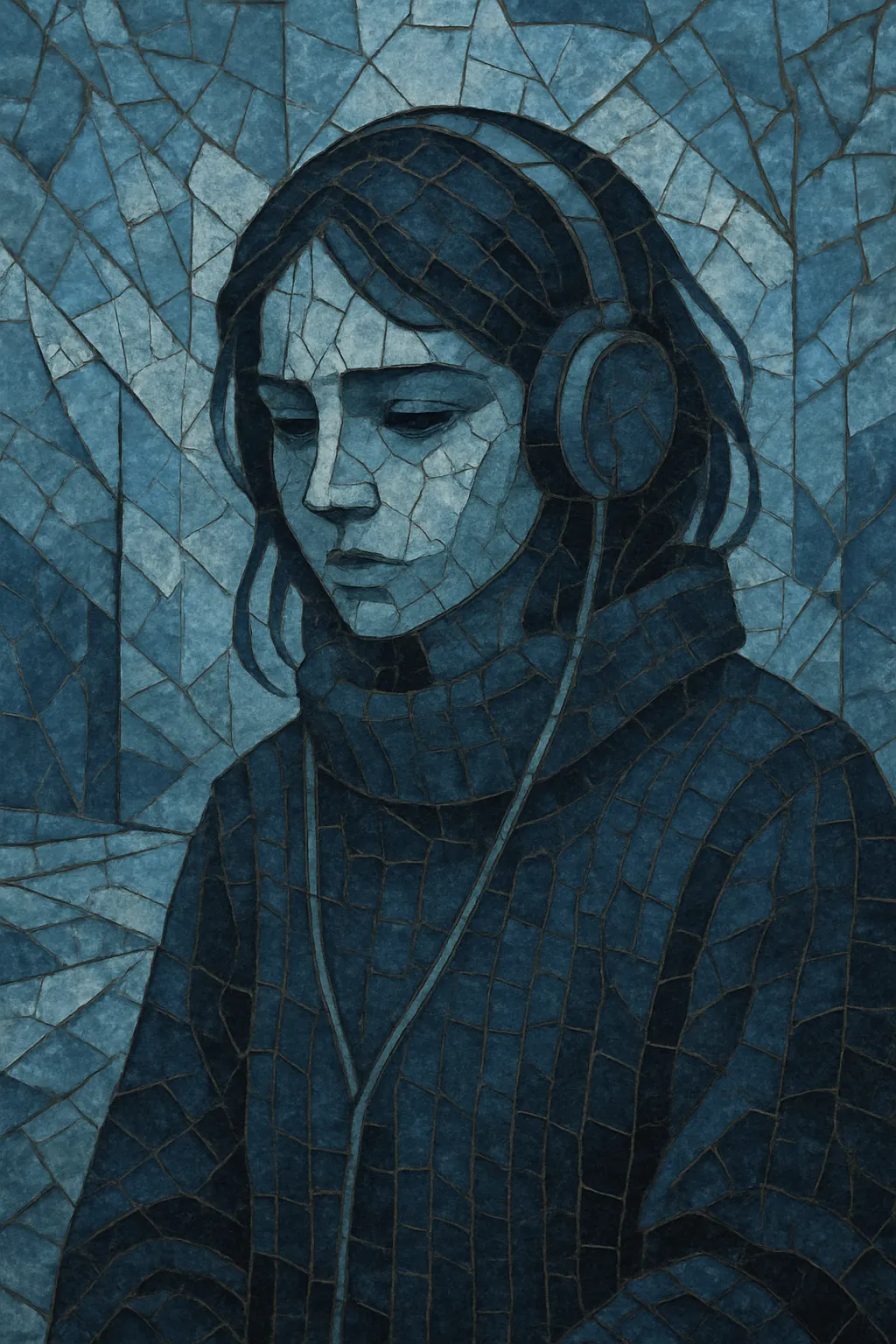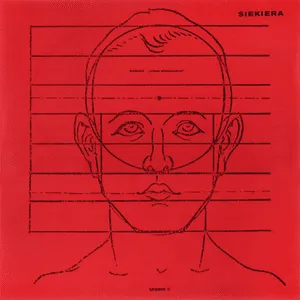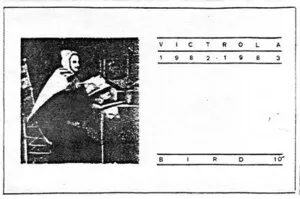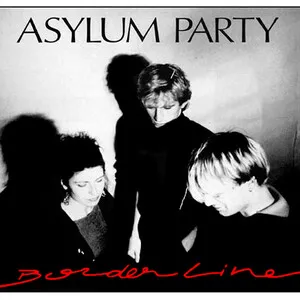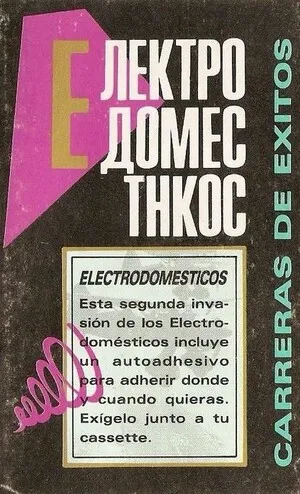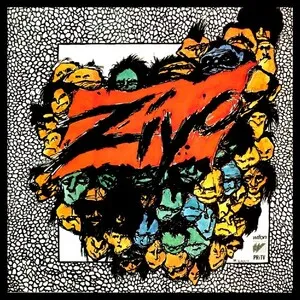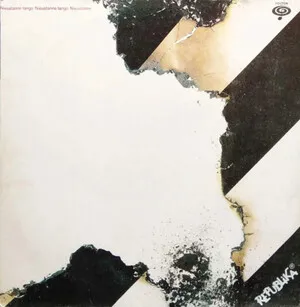Coldwave is a European post-punk offshoot characterized by icy, minimalist arrangements, prominent basslines, sparse drum machines, and a detached vocal delivery. Emerging first in France (and neighboring Belgium) in the late 1970s and peaking through the mid-1980s, it blends punk’s austerity with the synthetic textures of early analog keyboards and stark, minor-key guitar figures.
The mood is melancholic and introspective—often sung in French or English—favoring rigid rhythms, chorus-drenched guitars, and compact songwriting that foregrounds atmosphere over virtuosity. Its "cold" aesthetic refers as much to the emotional temperature of the music as to the gray-toned production: dry snares, steely bass, and reverb used not for lushness but for distance.
The term "cold wave" surfaced in late-1970s music journalism to describe a stark, emotionally distant branch of post-punk. In France, it soon solidified as a distinct underground scene that fused punk’s DIY ethos with the nascent minimal synth movement and the chilly atmospherics of goth-leaning post-punk. Independent labels and cassette culture were vital—bands recorded quickly and economically, emphasizing mood and immediacy.
During the early-to-mid 1980s, French and Belgian artists shaped coldwave’s core sound: driving, melodic bass; clipped drum machines; icy analog synths; and chorus-laden guitars. Lyrics tended toward existential themes, urban isolation, or nocturnal imagery. Small clubs, college radio, and fanzines allowed the scene to thrive without major-label interference, preserving its unvarnished, austere character.
As trends shifted toward alternative rock, rave, and later indie, coldwave receded. However, archivist labels and blogs in the 2000s (alongside the broader interest in minimal wave and post-punk reissues) prompted a critical reappraisal. Re-releases introduced a new generation to once-obscure 7-inches, tapes, and LPs.
The 2010s brought a global revival in cold aesthetics: new bands adopted the style’s drum-machine propulsion, spectral guitars, and restrained vocals, while festivals and niche labels championed both originals and contemporaries. Coldwave’s DNA now permeates post-punk revivalism, dark-leaning electronic pop, and certain corners of synthwave and witch house—evidence of its enduring, minimalist emotional charge.

